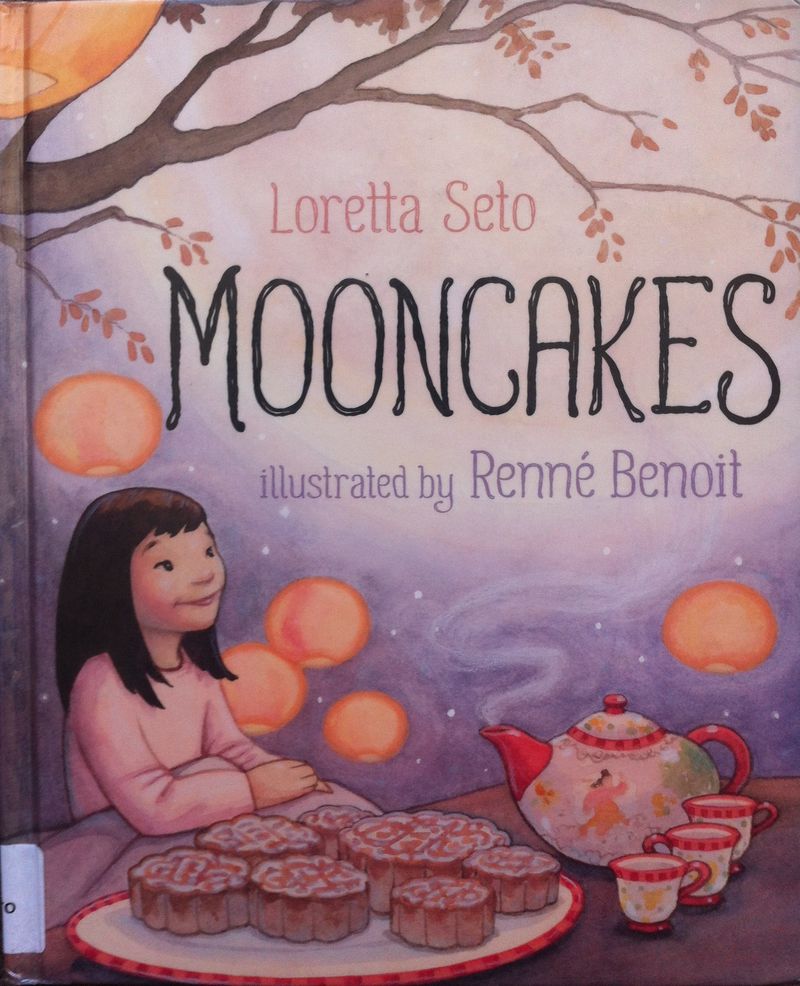
Last week we talked about children’s cookbooks, and how fun they can be. Over the course of searching for a culinary book designed for kids, I had tried to focus on finding one that was multicultural, one which embraced diversity. This was a shockingly difficult task.
Like with all aspects of life, diversity is important. There are many different cultures, people, and experiences in the world, and those need to be represented. While it is great to focus on recognition of the importance of diversity—especially in children’s literature—in areas such as fiction, it should be a focus in all aspects of children’s literature. Such as culinary books.
Food and culture go hand in hand. Just like with other aspects of culture, such as language or music, food has the capabilities to pass on culture and history. Such as traditional foods, for example: spring rolls. Spring rolls vary in how they are prepared, depending on the area in China, but traditionally speaking they are a staple dish prepared and eaten during the Spring Festival, celebrating the first day of spring. Food is just as much a vessel in which to pass down culture and tradition and history as literature is. Food and literature combined create cookbooks.
Now, this is not to say I did not find some multicultural cookbooks. Some were actual recipe books, like The International Cookbook for Kids (2012) by Matthew Locricchio. Some were food intertwined with a story, as in the case of Mooncakes (2013) by Loretta Seto. There were many others, as well. However, as for ones published in the past couple of years, I could find none which fit the bill. Most of the children’s culinary books I could find were published over ten years ago. Considering how interested kids are with cooking, especially in todays time (where they have their own special appearances on major network shows, like Chopped or The Kids Baking Championship on Food Network), this was a little disappointing, especially considering the lack of diverse food books.
Like those cooking shows do, children’s literature can help to spark an interest in what the children are reading. For example, reading a fictional story which promotes imagination, or nonfiction, to become interested in something they see in their day to day life. Wonderfully today, we are getting more and more much needed stories with diverse characters, protagonists who have lived a different experience, and can share those experiences and perspectives with children around the world, who can learn from them and identify with them.
Children’s cookbooks should not be any different. They should inspire an interest in cooking or baking, and from learning about food, they can learn about the different traditions in which certain foods come about, historically and culturally. Just as literature has the power to embrace diversity in culture, ethnicity, history, so should it embrace diversity of representation of food in different cultures.
GRAB IT WHILE THE GRABBING IS GOOD!